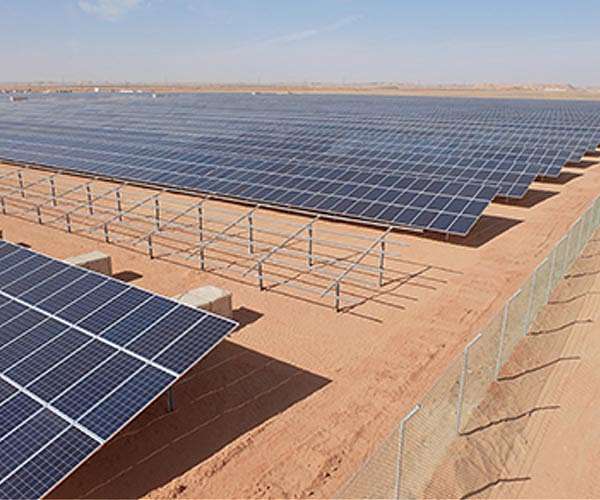Shedding light on the consequences of solar farms in deserts through energy meteorology
Utility-scale solar farms, often deployed in desert habitats, are a cost-effective way to generate power compared to rooftop solar panels. However, these large facilities interact with sensitive desert ecosystems, prompting researchers to investigate their environmental impacts through the growing field of “energy meteorology.”
A study published in Advances in Atmospheric Sciences by Professor Carlos Coimbra of the University of California San Diego examines the thermal interactions between solar farms and their surrounding environment. This work examines how solar farm operations affect local temperature and humidity and how these environmental factors affect the farms themselves.
Energy meteorology traditionally focuses on the impact of weather on energy systems. Professor Coimbra’s research extends this scope by assessing the mutual effects of solar energy on the local climate. By calculating thermal balances specific to the material properties of solar panels, the research derives relationships between complex variables, such as convective heat transfer coefficients and radiative fluxes. These calculations increase insight into how solar farms change their environment and how these changes can be accurately measured or modeled.
Furthermore, the study introduces a new method for classifying regional microclimates based on the optical depth of cloudy atmospheres. This classification can inform the design and operation of solar farms, supplementing the conventional cloud cover and radiance indices used for resource planning.
Professor Coimbra emphasizes the importance of rigorous scientific research into the environmental impacts of solar energy. “It behooves us in the solar energy research community to respond to the concerns and criticisms facing the solar industry with the best possible science,” he says. Although the overall thermal impact of solar farms may be negligible or even positive, the research community should address the discrepancies in current findings and focus on fundamental thermal processes.
This research aims to inspire both solar engineers and energy meteorologists to delve deeper into the environmental dynamics of utility-scale solar installations. As Professor Coimbra highlights, the study serves as a fundamental guide to exploring the potential of energy meteorology to improve solar farm sustainability and environmental compatibility.
Research report:Energy meteorology for evaluating the thermal effects of solar farms on desert habitats


